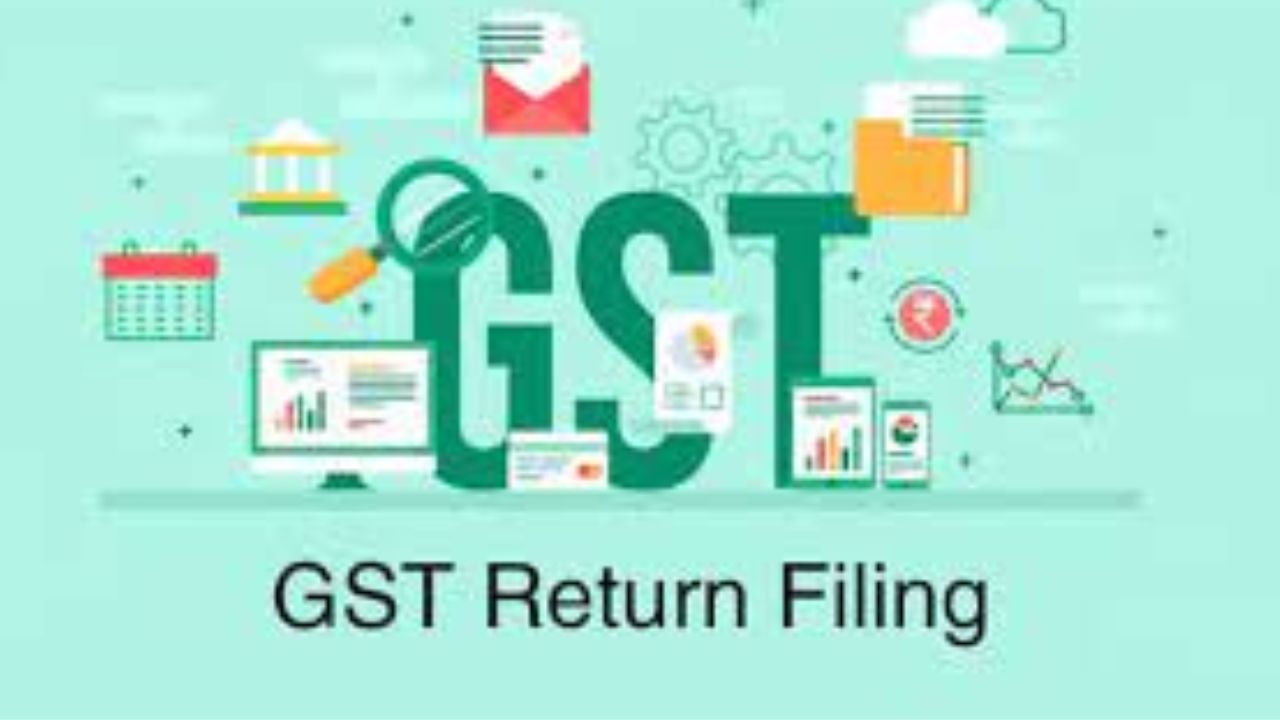GST Returns: Filing Online, Types, Rules & Forms Explained
It is a goods and services tax which is an indirect tax that is imposed on the supply of goods and services.

Introduction of GST Returns: GST is an indirect tax levied on the supply of goods and services. It is a multi-stage, destination-based tax imposed on goods and services. It came after replacing multiple indirect taxes which were VAT, excise duty, services tax, etc.
A GST return is a document that contains details of all sales and purchases that a GST-registered taxpayer is required to file with the tax administrative authorities. This is used by tax authorities to calculate net
History of GST Return
Modi government. in 16th Lok Sabha presents 122nd Constitutional Amendment Bill 2014.
Since the Goods and services tax intended to alter federal financial relations, so under Act .368, this
The constitutional bill required:
- Union Parliament Lok Sabha and Rajya Sabha each where 50% majority of the total
- Association and 2/3rd majority of all members existing and voting.
- State Vidhan Sabha was approved by most state assemblies at 15 Vidhan sabhas of India at that time.
Ultimately, it passed & became the 101st Constitutional Amendment Act, of 2016.
Read Also~Berger Paints-Share/Stock Price, Berger Paints India Ltd History
Explanation of GST Return
GST is a ‘destination-based’ indirect tax on the consumption of goods & services. GST applies to the supply of goods or services.
Intrastate supply
If the goods and services are supplied in the same State or UT without legislature, that is Intra-state supply.
- Where taxes are like The Union levies CGST is Central Goods and Services Tax.
- The tax which the State levies SGST is the State Goods and Services Tax.
- The tax that UT is without legislature levies Union Tax Goods and Services Tax.
Inter-state Supply
If the goods and services are traded in another state or UT, that is called Inter-State Supply.
- The type of tax that the Union levies is the Centre Goods and Services Tax.
- The type of tax that the State levies is the State Goods and Services Tax.
- The type of tax which Union levies IGST =CGST + SGST or UTGST depending on the destination
From this IGST which is CGST goes to Union and the other portion goes to the Destination State/UT without legislature.
Cross-utilization of Income Tax Credit
- IGST credit can be used for payment of all GST taxes.
- CGST credit can be used only for paying CGST or IGST.
- SGST credit can be used only for paying STGST on IGST.
If the goods or services are sold in union territory without legislature, then instead of SGST, practically the Union Govt will levy UTGST, but the thing will remain similar as above.
Benefits of GST
- GST covers both goods and services, with standard rates, and a minimal number of cess/surcharges.
- GST online portal and e-way bill system reduce the interface between tax officers and the assesses, in that way lessening the scope of nuisance, bribery, and Inspector Raj.
- GST provides input credits to suppliers thereby incentivizing them to sell with the invoice at every stage. Thus, GST will expand our tax collection and deter tax evasion.
- Federal countries like Canada and Australia lifted from VAT to GST regime. It helped boost their revenue, GDP, and exports.
Read Also~Textile Industry in India: History, Importance, Problems & Solution
